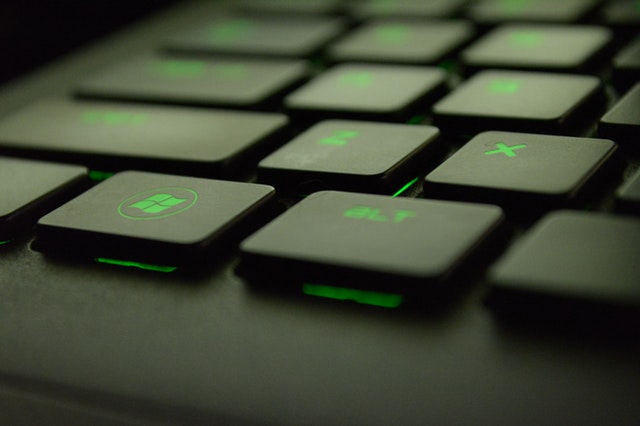Author:
For those of us who live in big cities in developed countries, it’s easy to take access to hospitals and medical specialists for granted. But many rural communities in developing countries have too few medical clinics and doctors. With only prohibitively expensive and slow options for managing their healthcare, many patients in these areas deal with a lack of diagnosis and treatment.
Rafael Figueroa, an entrepreneur from Brazil, created Portal Telemedicina to help address this problem. His company uses advanced technology to drastically reduce the time and cost barriers to quality medical care. Portal participated in Google’s startup acceleration program, and Rafael has become one of the program’s top global artificial intelligence mentors.
Now, more than 500 rural clinics and large healthcare institutions throughout Brazil and Angola use Portal’s technology. The company was selected by the United Nations as one of 10 global companies to join Accelerate2030, which supports entrepreneurs working towards achieving the UN’s Sustainable Development Goals.
We asked Rafael to reflect on his path toward entrepreneurship, the work Portal is doing and how technology is making it all possible.
How does Portal work?
Here’s an example: with our technology, a patient that lives in the rural rainforest in Brazil can go into their local clinic and get an X-ray. With just a few clicks, local nurses can send the information through the cloud to specialist physicians in the capital city of São Paulo. Those specialists can then give diagnostics to those patients, from 1,000 miles away.
Portal’s telediagnostic platform helps doctors give more accurate and fast diagnoses, using artificial intelligence to help diagnose thousands of patients each day. The system double checks all of the diagnostics against the AI prediction and, in case of discrepancy, automatically sends the exam to three other doctors, in order to reduce human errors.
How does AI know what to look for in an exam image?
Computers are only as “smart” as the information you input into the system. Our platform uses more than 30 million exams and health records that the computer can use to “learn” and reference so that it can make medical findings at or above human level accuracy.
How did you know you wanted to be a healthcare entrepreneur?
I have always strived to help people. I’ve worked with NGOs and have been aware of the discrepancy in access that people have based simply on where they live. In 2013, I had my own healthcare emergency while in Northeast Brazil, and in the absence of a medical specialist, I had a misdiagnosis which almost took part of my mobility. I rushed to São Paulo and underwent surgery. I spent six months without walking, which gave me plenty of time to think about the lack of access to doctors in remote regions.
How have Google technology and programs helped you grow Portal?
Google products help us run many aspects of our business, but most importantly we use the machine learning platform TensorFlow, which gives us the image recognition technology that examines the X-rays to make a diagnosis. During Google’s acceleration program, we worked with experts that helped us through tech our challenges and prepared Portal’s technology platform for fast growth.
Do you have any advice for other entrepreneurs?
Don’t presume you know the right path to follow. Prioritize building a platform where you can run experiments very quickly. The key factor is to put the product in the user’s hand ASAP to collect their feedback. Based on that, start to develop a more sophisticated technology.
